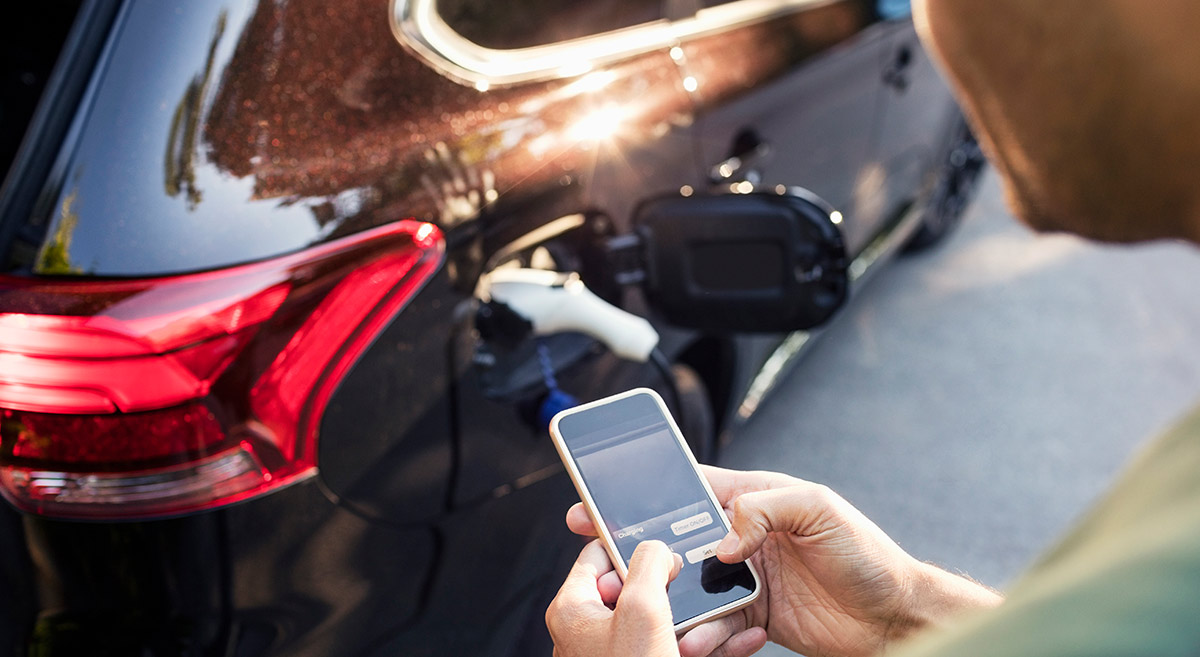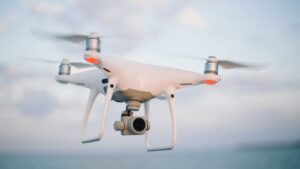iungo wants $1.5m to roll out its ‘Fitbit for cars’

(Getty Images)
Sydney-based startup iungo has a high-tech plan to improve efficiency in the Australian automotive market.
Step one for the company (pronounced eye-oong-goh) is focused on hardware; iungo wants to get its Internet of Things (IoT) smart device into vehicles, for both car fleets and individual consumers.
Once distribution has been established, the focus will shift to software; building out app functionality for individual users and leveraging its proprietary data by selling it to end-users across multiple channels.
Based out of the Stone & Chalk incubator, co-founders Roy Cooke and Sumeet Herlekar are currently fronting investors looking to raise $1.5m to fund the next stage of product development.
‘Fitbit for cars’
With a background of more than 25 years in insurance, banking and data analytics, Cooke says iungo’s IoT device is well-placed to fill a key niche in the Australian market.
Sourced from a manufacturer in the US, the product operates with a simple plug-in and can be fitted to any vehicle manufactured after 2006.
Once fitted, it provides real-time feedback on multiple aspects of vehicle performance from trip logs to engine diagnostics.
“It also has a predictive aspect; for example with a car battery, you can tell if your battery is dying and get it replaced early, rather than wait for roadside assistance and pay a premium,” Herlekar said. “A good way to describe it is like a Fitbit for cars.”
Business environment
While great startup ideas are usually focused on a particular product or service, it’s also important to consider external factors such as changes in the regulatory environment.
And recent changes to General Data Protection Regulation (GDPR) laws in the European Union is one development iungo thinks it can benefit from.
Cooke explained that prior to the change, automakers had a closed model when it came to vehicle data. But the new laws specify that individual car owners now have proprietary ownership.
“Australian companies providing services in Europe are bound by it, so those standards are becoming the standards globally,” he said.
“As a startup we’re fortunate, because we have a solution for that whereas some of the bigger companies still need to become GDPR compliant.”
Two-sided revenue
For car owners, iungo has a two-sided model focused on enterprise fleets and end-users.
iungo estimates the data feedback from its device can improve safety and reduce fleet operating costs by 15-20 per cent.
Fleets and individual users can also realise cost savings on services such as comprehensive insurance, which are typically calculated via a standardised measure.
“With the data from our device, insurers can offer you a premium based on the precise metrics of your driving history. For example if you drive less, your premium will fall,” Herlekar explained.
The company has found some early traction among fleet companies, with sales for almost 500 vehicles across 14 paying customers. It has another 26 customers (6,000+ vehicles) in the pipeline for the second half of this year.
- Subscribe to our daily newsletter
- Join our small cap Facebook group
- Follow us on Facebook or Twitter
If it can materially expand the user-base, iungo says it can then capitalise on an additional revenue stream; monetising analytical data sets to provide vehicle insights for customers such as insurance companies and local governments.
Capital raise
Cooke explained that iungo first raised capital around four years ago in the early stages of product development.
“We did an angel round to kick it off, then we brought on a strategic partner.”
“To move forward now we’re targeting another raise of around $1.5m. We’re talking to a lot of pre-series A, family offices and some institutional investors.”
Cooke said the company is taking a patient approach as it builds out cloud functionality in developing its app-based software to connect with the hardware device.
“We’re not in scale up mode yet, so we’re looking for a partner who will come on board for the longer-term. Then the plan is to follow that up with a Series A round with a view to a potential listing.”
“We’d like to get some firm offers and ideally close the round by the end of June.”
UNLOCK INSIGHTS
Discover the untold stories of emerging ASX stocks.
Daily news and expert analysis, it's free to subscribe.
By proceeding, you confirm you understand that we handle personal information in accordance with our Privacy Policy.








